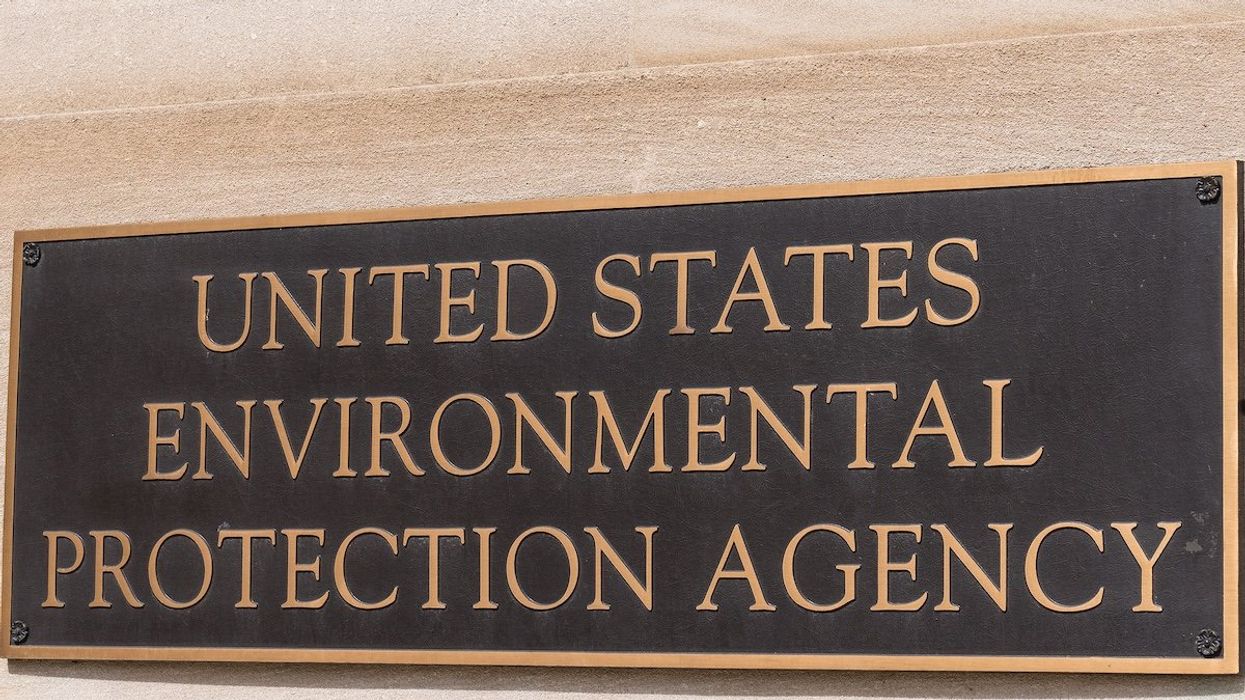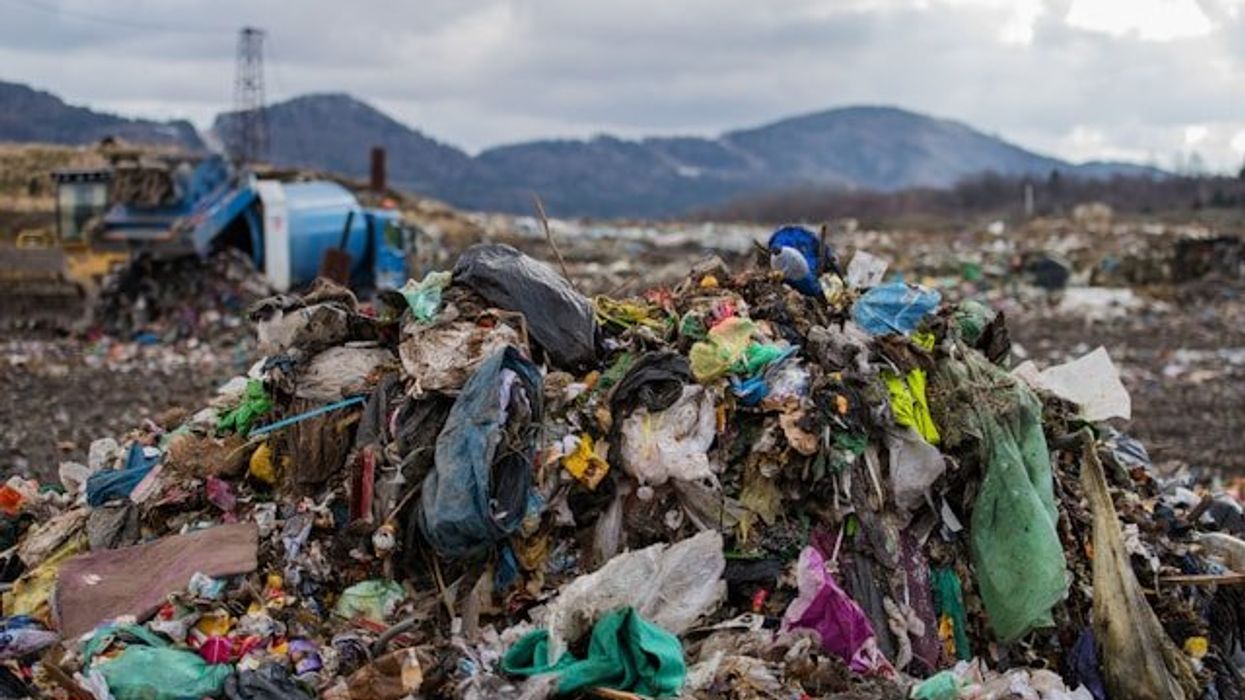Agricultural herbicides drifting from farm fields are weakening trees across the Midwest, making them more susceptible to pests, disease, and broader ecological harm.
Richard Mertens reports for Yale Environment 360.
In short:
- Researchers have detected herbicide contamination at nearly all tested sites across Illinois, finding chemicals even miles from the nearest farm fields.
- Experts report that repeated herbicide exposure stresses trees, especially oaks, which serve as key habitat and food sources for wildlife.
- Conservationists warn that as herbicide use continues alongside climate stressors, the compounded effects may destabilize entire ecosystems.
Key quote:
“ ... herbicide injury is just another stressor on a long list of stressors that trees are facing. I think the herbicide is weakening them and making them more susceptible to attack by insects and diseases.”
— Robbie Doerhoff, forest entomologist, Missouri Department of Conservation
Why this matters:
The unintentional spread of herbicides poses a growing but often overlooked threat to the health of forests and the broader environment. Trees exposed to herbicides often show subtle signs of stress, which, combined with challenges like insect infestations, fungal infections, and increasingly severe droughts linked to climate change, can lead to widespread tree decline. The loss of foundational species such as oaks jeopardizes not only plant diversity but also the intricate web of wildlife that depends on these trees for food, nesting, and shelter. Birds, pollinators, and mammals are all affected when trees fail to produce acorns or suffer dieback. Moreover, herbicide drift illustrates how modern agricultural practices can have far-reaching consequences beyond farm boundaries.
Read more: What’s the world’s most widely used herbicide doing to tiny critters?














